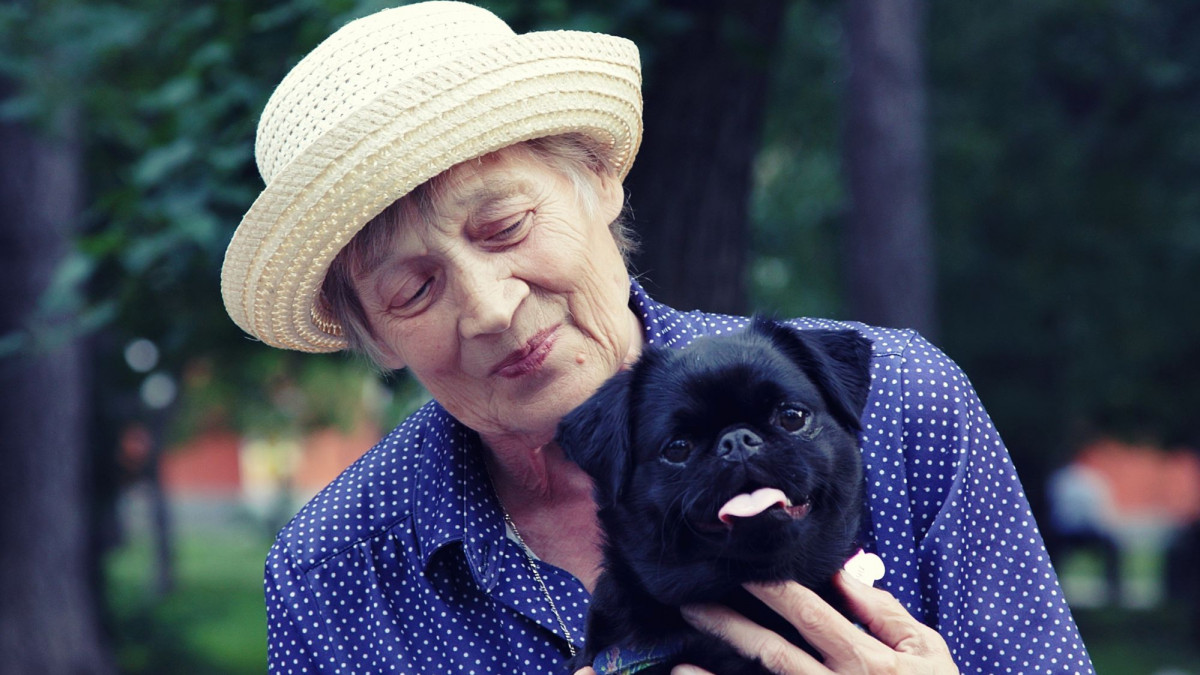For all the dogs who've touched our hearts
Handle with care: the practical stuff!

Practical exercises to help handle your dogs with care!

In the last post Handle with care: take the man out of manhandle, I discussed the importance of being as gentle and respectful as possible when handling our dogs. In this blog I'll share some practical and easy techniques to take the stress out of everyday handling.

Do your best
Using positive reinforcement, you can train our dogs to do almost anything. With time, patience and skill dogs can learn to stand still to have their blood taken, open their mouths to have their teeth cleaned and learn to leap into your arms.
If you become interested in dog training, seek out videos that feature cooperative care. It's wonderful what can be achieved, but be aware it's not always easy. Some dogs are more sensitive than others, some weren’t socialised to handling as a puppy, and some dogs have pain and learned fears.
Of course our own proficiencies vary too. Strive to do your best and seek help if you need it. Always err on the side of being as gentle as possible and take one small step at a time to move to a better place.

Laura Monaco Torelli shows what is possible

Fearful or aggressive dog
If you're concerned your dog will bite you or is very afraid, please consult a positive reinforcement trainer or qualified behaviourist. These exercises are meant for dogs who are physically healthy and don’t show signs of fear or aggression.

The exercises
Holding the collar
We’ve all seen that dog (or maybe had that dog!) you know the one who bounds around happily playing keepings off. Or the dog who ducks away, avoiding and cringing when you reach for the collar.
Being able to take your dog by the collar gently and safely is a foundation exercise and useful for a variety of reasons, including recall. Use this simple method to help your dog feel comfortable when you reach for her collar.
This is a great exercise to do with puppies, young dogs or rescued dogs. Once your dog shows they're comfortable, reinforce with food every now and then, or after you need to use it in an uncomfortable situation – such as moving them away from something they want. Of course you can also use a belly rub, ear scratch or a favourite game to reinforce that holding the collar is great!

Getting the dog used to having their collar held

Guide, don't yank
There are always times when a dog’s ears ‘turn off’ and we find ourselves hanging on at the end of the lead while they strain to get to something irresistible (think: duck, cat, bird, dog, rubbish!). At these times we can call and call but no one is home!
Although we may have no choice but to insist the dog move, it can be done in a way to minimise harm and fear. Yanking on a lead can injure a dog’s spine so learning this simple exercise can save visits to the vet.

Use the lead and collar safely and gently to move without yanking

Transport
Transport is for those times when you just need to hurry on by something. It is a simple and practical exercise which utilises the two above skills to do well. It doesn’t take a dog long to learn provided you give clear cues. Transport allows you to hurry him past other dogs, cats, birds, people or hazards without having to drag or yank.
While your dog is in Transport, he's not free to sniff or wander, he doesn’t have any choice but to move with you. For this reason, keep the time in Transport short and communicate clearly. Dogs need freedom to move, sniff and explore when walking on lead, so only use Transport for safety or necessity.
Do however, make sure you practice it often enough for the dog and you to feel comfortable with the process.
This exercise is from Kay Laurence from Learning About Dogs.
Moving your dog quickly past things they cannot have

Picking up a small dog
It's really tempting to hoist a small dog or puppy into our arms. We do it because we love to hold them or because it’s easy, convenient and sometimes safest. In my training classes over the years, I have seen quite a few puppies begin to show obvious signs of avoidance and discomfort when their person reaches towards them.
To minimise this, use clear and calm body language, choose a verbal cue such as “Up we go”, and then pick them up using a method that creates a feeling of balance, support and safety. While doing research for this blog I came across a couple of different methods and have decided to change how I pick up Bonnie. The video is included below.
The beauty about adding a cue, is that it prepares your dog and allows her to relax because she understands what's happening. If your dog hears the cue and runs away or growls, this is a clear signal that they are not happy being picked up. Respect this and work on retraining using classical conditioning, go see a vet in case of pain or consult a positive reinforcement trainer.

Using a cue helps your dog relax when being picked up

Permission from baby puppies
Even tiny baby puppies can actively give consent to be picked up. This lovely video from Justis and Destiny of Two Sisters’ Healing Arts shows how it can be done. Rather than just hoist the pups into the air, watch how Justis makes it an invitation by offering her open hands.
The puppies all want the interaction and clamber up eagerly. If we work on building handling from a place of invitation, we're on a good path to enjoying our time together.
Enjoy some baby puppy cuteness!

How to safely and humanely pick up a baby puppy

More advanced training and resources
Grooming a dog or dog husbandry, needs several blogs all of its own but here are some links to have a look at.
Wonderful examples from a variety of trainers with different species on Behaviour Works Facebook Page and Website
Laura Monaco Torelli does amazing things with husbandry. Be sure to check out her YouTube Channel
Creative Animal Solutions has an hour + long webinar on all things husbandry for the tiny cost of $20.00
Positive Dog Husbandry has some great resources as does Fear Free Pets
Dog body language
One of the best resources on dog body language can be found here at Eileen and Dogs. If you want to be a good guardian for your dog, understanding body language is essential!

You might also like



Comments






Categories: : Ethics, Health and welfare
Comments
Never miss a thing!

 Julie van Schie
Julie van Schie 



